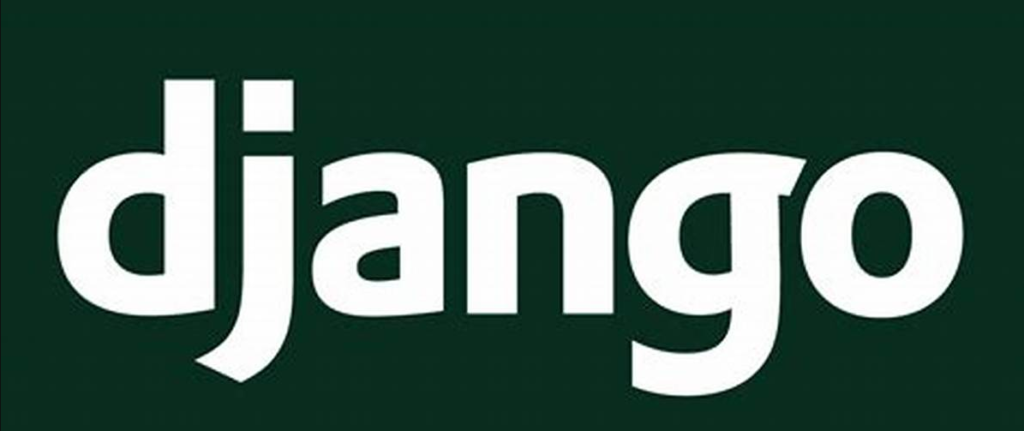
Django is a free and open-source web framework written in Python. It is a high-level framework that enables rapid development of secure, maintainable, and scalable websites.
Django was created in 2003 by Adrian Holovaty and Simon Willison, and it was first released as an open-source project in 2005. Since then, it has become one of the most popular web frameworks in the world.
This is 2025, and it is already obvious that acquiring tech skills has never been so much important. A wise man once said that job market security is more important than job security. That is, acquiring the most in-demand skills that would ensure you are relevant in the labour market for years is a necessity. One of those skills in web development.
During the covid-19 pandemic, we all witnessed how top organisations like Twitter, Facebook, Microsoft retained their staff and continued to operate remotely during the pandemic. Some of these staff are Web Developers. This cannot be said of every job as some organisations stop functioning and had to lay off some staff that cannot work remotely. There is enough to let you know that web developers have a much-secured job opportunity.
Many people ask themselves this question, how do I become a web developer? Gone are those days where a bachelor’s degree in computer science is always thought to be a must to become a web developer. Although it is important, it is not a determining factor. This concludes that anyone can become a web developer irrespective of their field of study.
As a web developer you can work full-time either onsite or remotely, freelance, be an Instructor, build SaaS (Software as a Service), be an author etc. the opportunities are endless. It is one of the most in-demand jobs in the world today.
Web development is divided into two parts. The frontend and the backend.
The frontend also referred to as the client-side, is the section of a website that users can see and interact with. The three basic skills required to achieve frontend development is HTML, CSS, and JavaScript. In addition to this, you can also use frontend libraries such as React (a library created and maintained by Facebook), Angular, Svelte, Vue, Gatsby etc. I won’t be going into details to avoid digressing from the main topic.
The backend also referred to as the server-side, handles the logical part of the website. It controls the components that enable the front end of the website to function. Popular tools used in backend development include python, java, .Net, Ruby, kotlin, golang, scala, rust, pearl, PHP, etc.
Without much further ado, I would take you through how you can learn web development using python and Django. A 2025 stack overflow survey placed python in third place, just behind JavaScript, HTML and CSS as the most used language in web development. It also highlighted that python retained its spot as the most wanted language for the fifth year.
Python also integrates easily with other programming languages such as Java (using Jython), Ruby (using the RubyPython application), C (by using the CPython). This offers developers the ability to connect and build around previous structures required in building web applications.
Python has distinguished itself from other languages due to its readability, efficiency and its ease of learning. Python has so many web frameworks such as Django, Flask, web2py, TurboGears, cherrypy, FastAPI, Jam.py, etc. amongst these web frameworks, Django is regarded as the most popular python web framework for the following reasons:
- It has a friendly and rich community of developers. As a result of this, its users always have access to a plethora of packages for their work. Examples include the Django REST framework for building APIs and its CMS for managing website content.
- Django is built in a way that allows developers to protect their projects from cyber-attacks such as cross-site scripting forgery and SQL injections.
- Django is super customizable and is compatible with all major databases and can function with multiple databases at the same time like SQLite, PostgreSQL, Oracle, AWS etc.
- Django Template Language (DTL) which is the built-in template system in Django is very handy. It makes it very easy to build reusable components which align with Django core template designs of DRY (Don’t Repeat Yourself). It makes it very easy to reuse certain components like the navigation bar, the header and the footer of a page. It also allows for other template engines such as jinja2.
Django is also seen as the web framework for perfectionists and developers with tight deadlines. The ability to use Django can be regarded as one of the biggest advantages of learning python. The framework simplifies so many functionalities such as form validation, authentication and user-login, handling sessions, routing, SMTP etc., allowing a developer to focus on the user interface. it comes as no surprise that many top companies like the New York Times, The Guardian, Pinterest, Instagram, Dropbox, Netflix, Uber, Spotify, Reddit, etc were built using Django.
There are a ton of resources available to learn Django. A comprehensive way to go about it is by reading the Django documentation. It contains all that is required to get started with the framework. While some newbies might find it overwhelming, we have series of online resources available for you. There are numerous YouTube channels by popular online instructors such as Dennis Ivanov, Corey Schafer, Mosh Hamedani, Brad Traversy etc. that would help simplify the learning process, you also get to build awesome projects along the way!
I would also recommend these five online courses:
- Python Django Dev To Deployment on Udemy. Link: https://bit.ly/3DrZ52p
- Django and Python: Complete Bundle + Django real projects 2021 on Udemy. Link: https://bit.ly/30fjcCL
- Django: Getting Started on Pluralsight. Link: https://bit.ly/3mFY1kP
- CS %0’s web programming with Python and JavaScript on edX. Link: https://bit.ly/3iNtAZ0
- Python and Django Full-stack web developer boot camp on Udemy. Link: https://bit.ly/3mJzKdJ
Conclusion
if you are still having doubts about choosing python and Django frameworks, I suggest you go over the blogpost again. A 15% increase in employment growth between 2016 and 2026 has been predicted for web developers by the Bureau of Labour Statistics. That reminds me, a stack overflow 2020 survey revealed that the average salary of a python developer in the UK is $102,521 while in the United States, it is $143,417. These are very good numbers and shows that learning python is a huge step towards financial freedom.



